Filter by
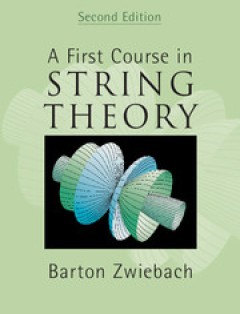
A First Course in String Theory
String theory made understandable. Barton Zwiebach is once again faithful to his goal of making string theory accessible to undergraduates. He presents the main concepts of string theory in a concrete and physical way to develop intuition before formalism, often through simplified and illustrative examples. Complete and thorough in its coverage, this new edition now includes AdS/CFT corresponde…
- Edition
- -
- ISBN/ISSN
- 9780511841620
- Collation
- -
- Series Title
- -
- Call Number
- -
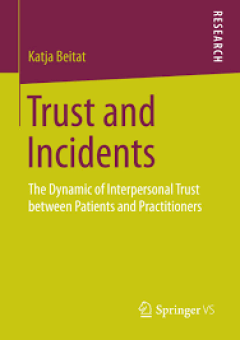
Trust and Incidents The Dynamic of Interpersonal Trust between Patients and …
Taking an interdisciplinary approach to conceptualise interpersonal trust between patients and medical practitioners, Katja Beitat introduces a unique model to describe the dynamics of trust building and deterioration with particular relevance to incidents in health care. Empirical findings from studies in Australia and Germany, the two systems focused on in this book, broadly support and expan…
- Edition
- -
- ISBN/ISSN
- 978-3-658-09670-0
- Collation
- -
- Series Title
- -
- Call Number
- -

True Truffle (Tuber spp.) in the World Soil Ecology, Systematics and Biochem…
This book focuses on the taxonomic diversity of the genus Tuber as economically important truffles. In contributions by internationally respected scientists, it examines truffle systematics, interactions with abiotic and biotic environments, strategies for spore dispersal, and molecular processes in truffles. Topics discussed include: evolutionary theories and phylogeny of Tuber species from As…
- Edition
- -
- ISBN/ISSN
- 978-3-319-31436-5
- Collation
- -
- Series Title
- -
- Call Number
- -
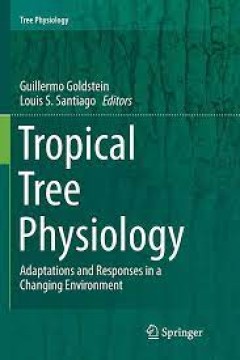
Tropical Tree Physiology Adaptations and Responses in a Changing Environment
This book presents the latest information on tropical tree physiology, making it a valuable research tool for a wide variety of researchers. It is also of general interest to ecologists (e.g. Ecological Society of America; > 3000 or 4000 members at annual meeting), physiologists (e.g. American Society of Plant Biologists; > 2,000 members at annual meeting), and tropical biologists (e.g. Associa…
- Edition
- -
- ISBN/ISSN
- 978-3-319-27422-5
- Collation
- -
- Series Title
- -
- Call Number
- -
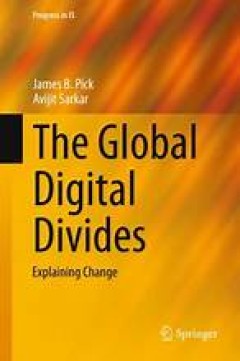
The Global Digital Divides
This book analyzes extensive data on the world’s rapidly changing and growing access to, use and geographies of information and communications technologies. It studies not only the spatial differences in technology usage worldwide, but also examines digital differences in the major world nations of China, India, the United States and Japan at the state and provincial levels. At the global lev…
- Edition
- 1
- ISBN/ISSN
- 978-3-662-46602-5
- Collation
- XXIX, 386, 79 b/w illustrations, 44 illustrations in colour
- Series Title
- Progress in IS
- Call Number
- -
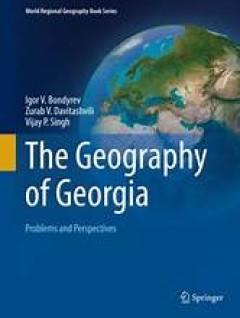
The Geography of Georgia
This book discusses the political and economic history and geography of Georgia, the problems it has faced, and how it has overcome and is still overcoming them. In most countries, at the end of the 20th century the successful resolution of social-economic, political, demographic and ecological problems was largely dependent on effectively protecting the population and economic assets from natu…
- Edition
- 1
- ISBN/ISSN
- 978-3-319-05413-1
- Collation
- XVIII, 228, 37 b/w illustrations, 150 illustrations in colour
- Series Title
- World Regional Geography Book Series
- Call Number
- -

The Genetics of Type 2 Diabetes and Related Traits
This book presents the state of the art of type 2 diabetes genetics, from the process of genetic discovery to its interpretation and clinical application, and illustrates a model for other complex human phenotypes. The first section explores genome-wide association studies, the extension of this method to less accessible phenotypes and the arrival of next-generation sequencing. A further secti…
- Edition
- 1
- ISBN/ISSN
- 978-3-319-01574-3
- Collation
- XI, 576,40 b/w illustrations, 13 illustrations in colour
- Series Title
- -
- Call Number
- -

Treatment of Peritoneal Surface Malignancies State of the Art and Perspectives
This monograph summarizes state of the art knowledge regarding peritoneal surface malignancies, with in-depth description of treatment options and the results achieved to date. It explores the most challenging problems on the basis of the authors’ very extensive clinical experience and examines the most relevant clinical trials. A comprehensive summary is provided of all phase 2 studies (the …
- Edition
- -
- ISBN/ISSN
- 978-88-470-5711-1
- Collation
- -
- Series Title
- -
- Call Number
- -

Treatise on Acoustics The First Comprehensive English Translation of E.F.F. …
E.F.F. Chladni’s experiments and observations with sound and vibrations profoundly influenced the development of the field of Acoustics. The famous Chladni diagrams along with other observations are contained in Die Akustik, published in German in 1802 and Traité d’Acoustique, a greatly expanded version, published in French in 1809. This is the first comprehensive translation of the expand…
- Edition
- -
- ISBN/ISSN
- 978-3-319-20361-4
- Collation
- -
- Series Title
- -
- Call Number
- -

Transport Spectroscopy of Confined Fractional Quantum Hall Systems
This book provides an overview of recent developments in experiments probing the fractional quantum Hall (FQH) states of the second Landau level, especially the \nu=5/2 state. It summarizes the state-of-the-art understanding of these FQH states. It furthermore describes how the properties of the FQH states can be probed experimentally, by investigating tunneling and confinement properties. The …
- Edition
- -
- ISBN/ISSN
- 978-3-319-21051-3
- Collation
- -
- Series Title
- -
- Call Number
- -
 Computer Science, Information & General Works
Computer Science, Information & General Works  Philosophy & Psychology
Philosophy & Psychology  Religion
Religion  Social Sciences
Social Sciences  Language
Language  Pure Science
Pure Science  Applied Sciences
Applied Sciences  Art & Recreation
Art & Recreation  Literature
Literature  History & Geography
History & Geography